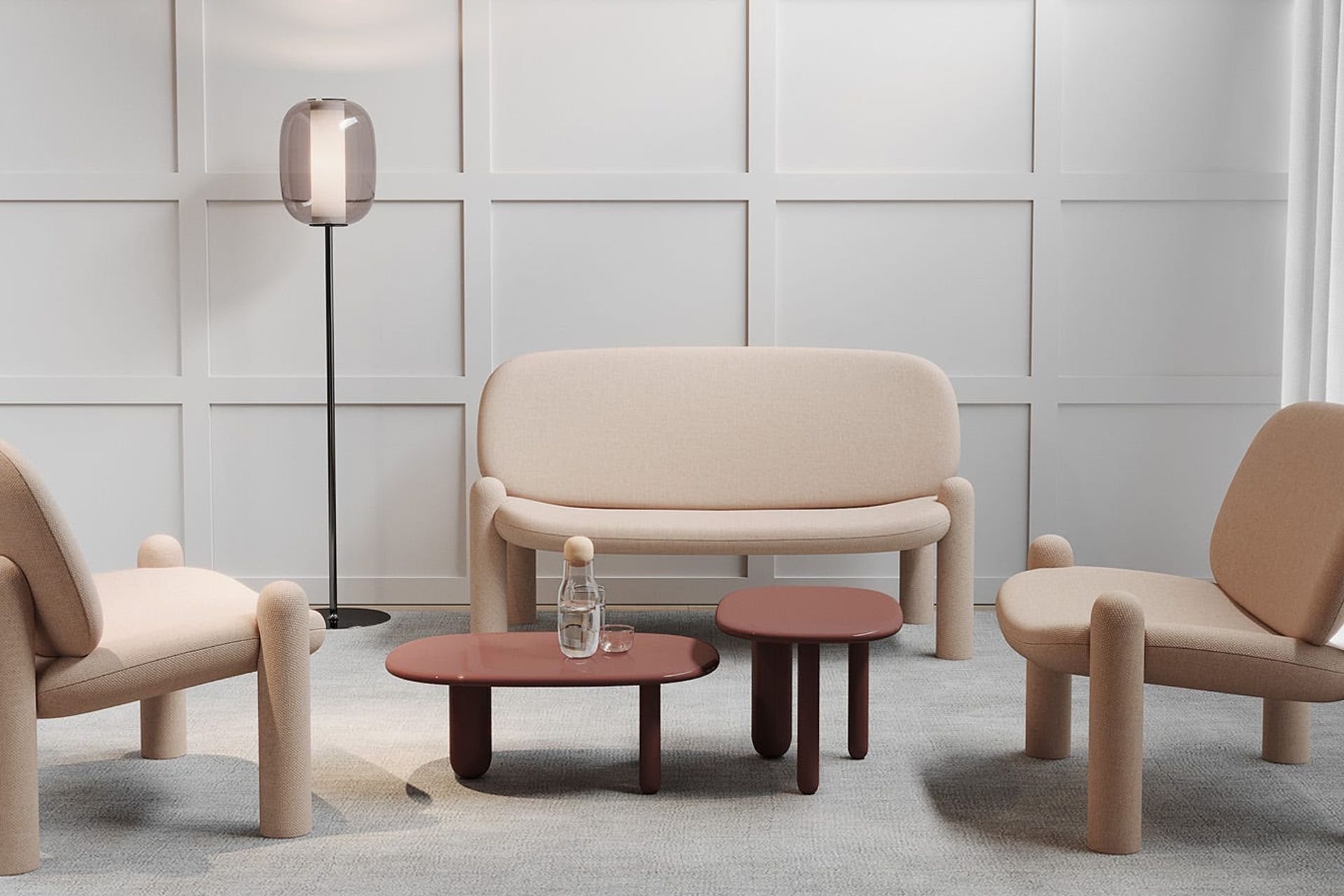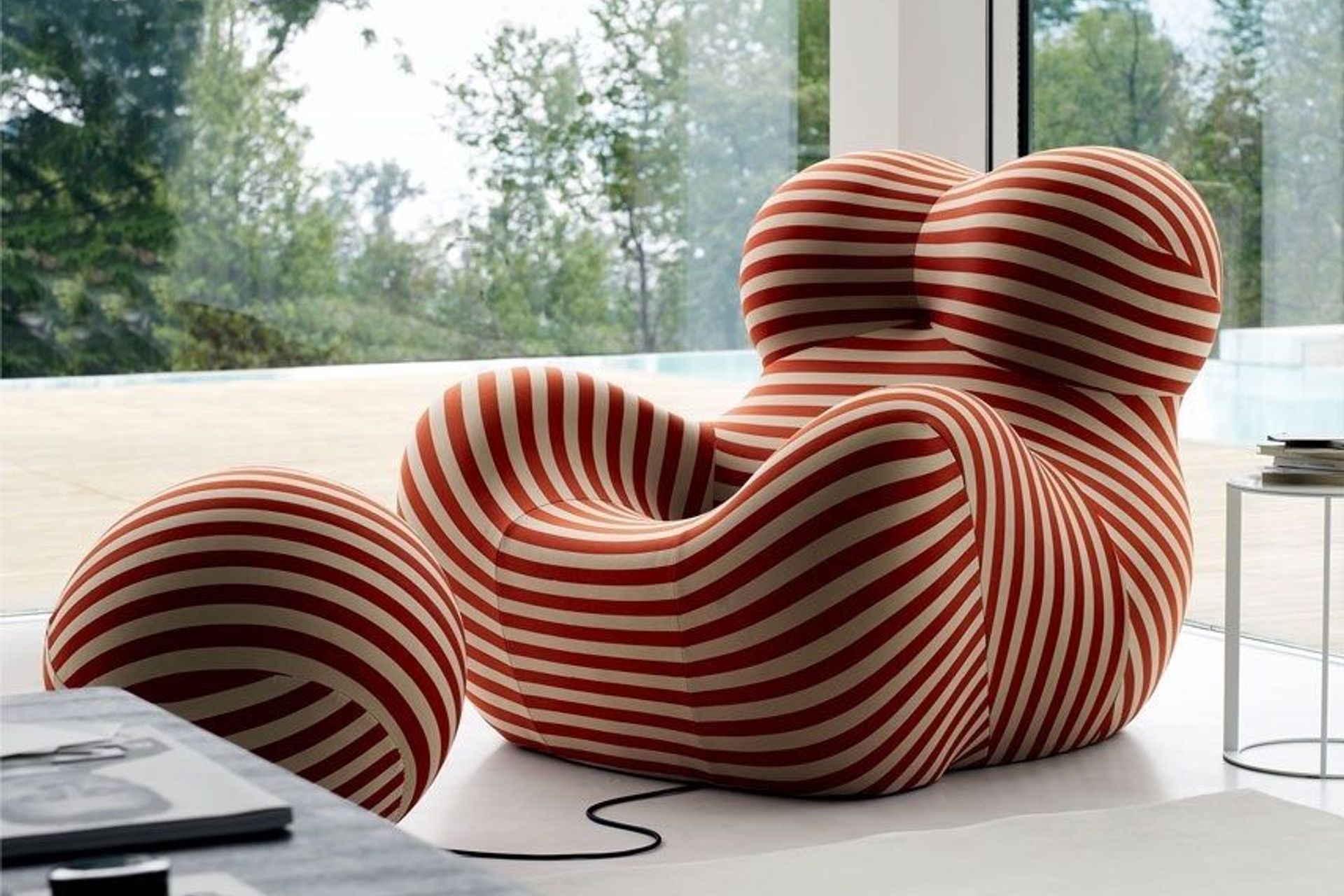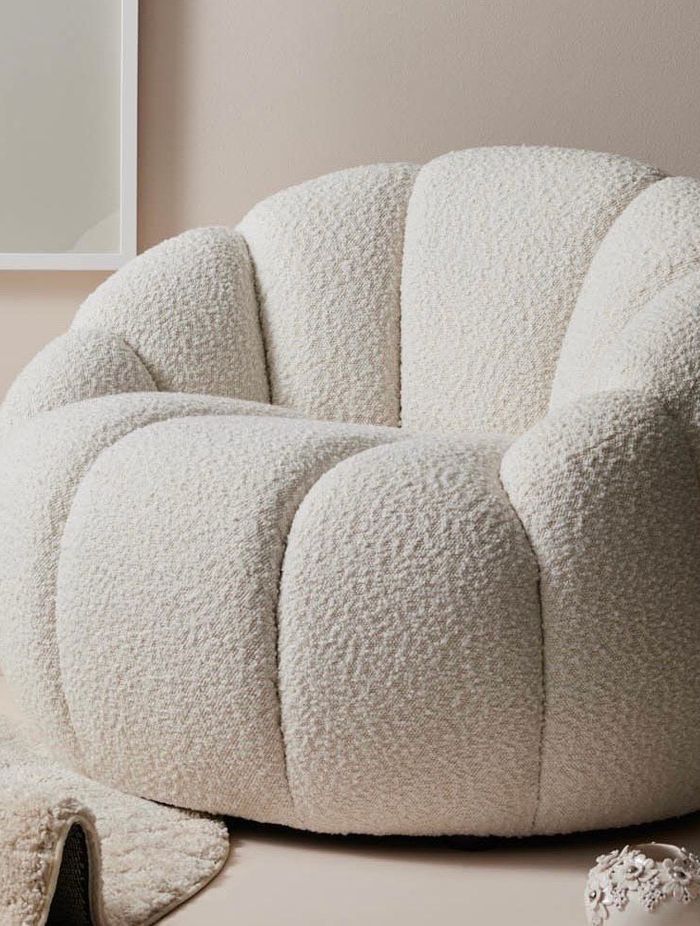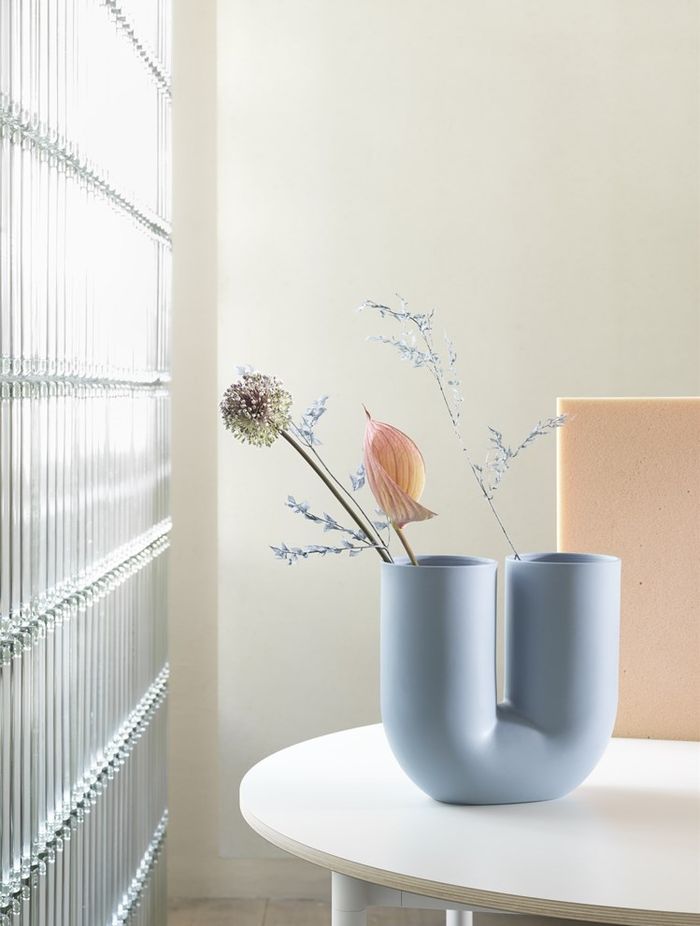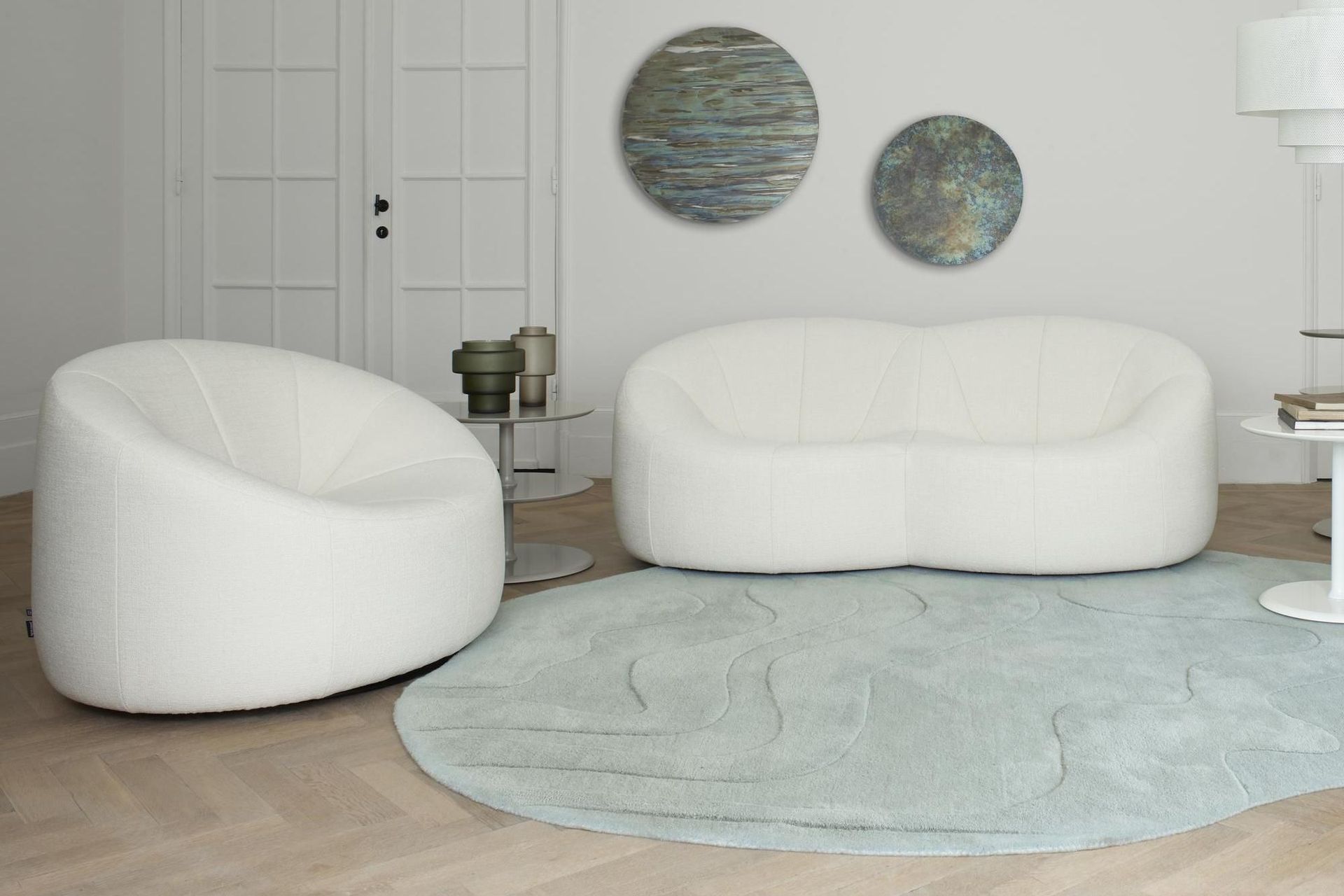Neotenic design: the playful new design philosophy
Written by
18 December 2022
•
3 min read
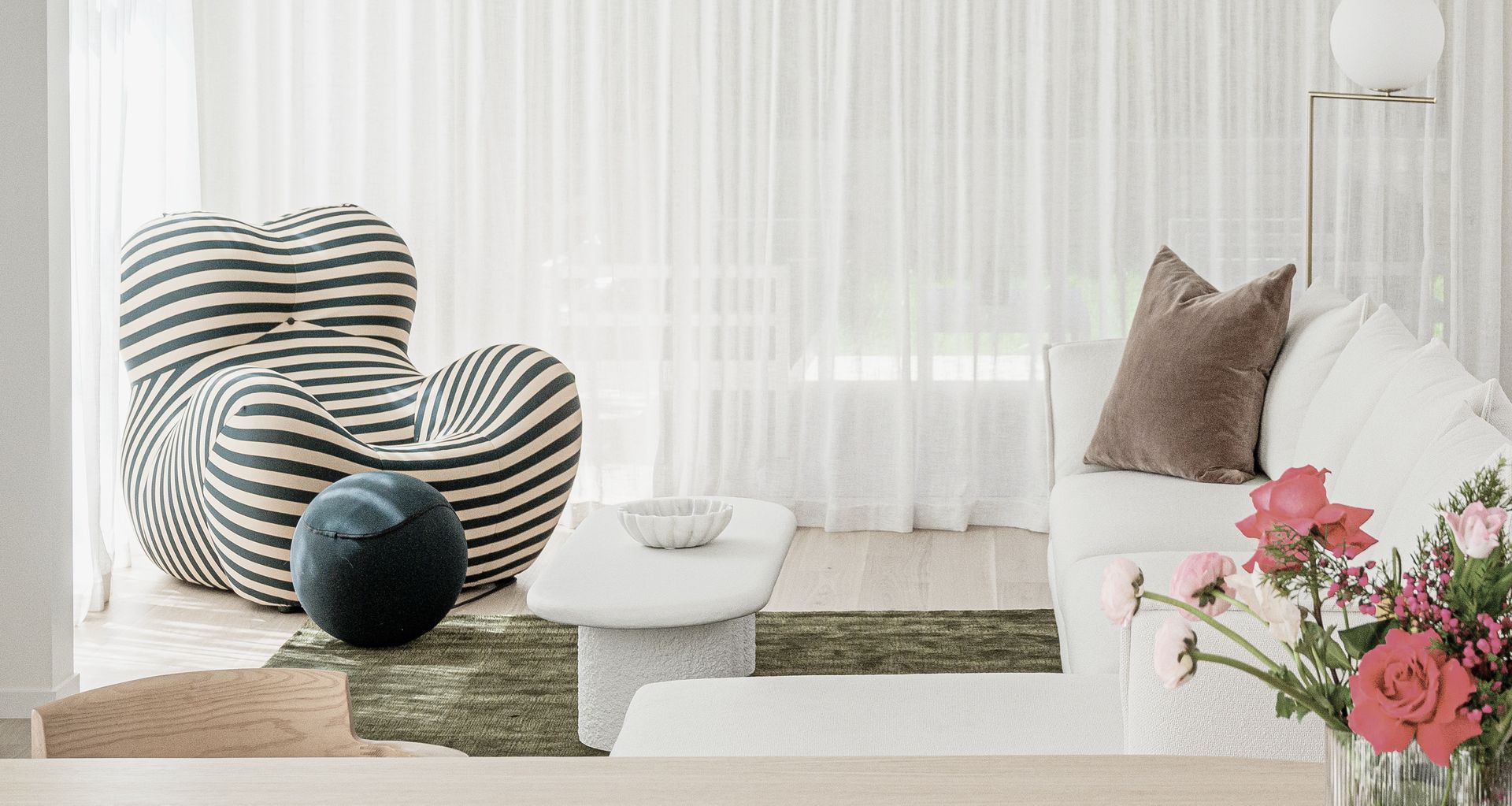
As colour has been slowly making its way into more and more homes across Aotearoa, so too have curves and ‘need to touch’ textures. This playful approach to furnishing interiors – and exteriors – is thanks to the rise in popularity of neotenic design.
What is neotenic design?
Calling a design ‘childlike’ might not normally count as a compliment. For neotenic design though, it’s a fitting descriptor.
Coined by New York-based designer Justin Donnelly, the design philosophy is derived from the scientific term used to describe the retention of juvenile features in adults: neoteny.
So what does this look like in furniture form?
The silhouettes of neotenic shapes feature accentuated curves, often paired with soft textures. Exuding youth and playfulness, some pieces can be described as ‘cute’ and speak to our inner child; other pieces somehow make rounded, almost clumsily formed shapes with compressed proportions seem elegant and sophisticated.
The result of each furniture or décor piece that speaks to the philosophy of neotenic design? A sense of comfort and warmth.
How to bring neotenic design into your home
Furniture that ‘hugs’ you
In line with the trend of designing spaces that not only look good, but feel good too – and enhance overall wellbeing – curvaceousness is a characteristic of many furniture pieces that fall under the ‘neotenic’ category.
Take the Serie Up 2000 Armchair by B&B Italia, for example. Certainly bulbous and playful in appearance, the chair hugs the body as you sit down – offering a sense of security.
“The configuration of this armchair has anatomical characteristics and unmistakable anthropomorphous references,” details the chair’s product description.
Its spherical ottoman, connected to the armchair, amplifies the curved formations.
The cylindrical arms of the Bibendum Armchair by ClassiCon also wrap around users – the chair’s curvy, comfortable shape inspired by the Michelin man.
Bouclé texture
Cloud-like bouclé material is admired by homeowners and interior designers across New Zealand. Described as a ‘feel-good’ texture that’s irresistible to touch, it ignites a child-like sense of inquisitiveness – making it a popular texture in neotenic design.
While many neotenic interiors have pops of pastels or neon colours, bouclé is a great way to incorporate the neotenic philosophy to an otherwise minimalist palette.
Abstract, curved accessories
Of course, neotenic design isn’t limited to furniture. Abstract forms and curves are also making their way into the design of home décor pieces such as vases, along with rugs and lighting.
The Muuto Kink Vase from Bauhaus, for example, is both sculptural and practical. The contours of the Ligne Roset Gavrinis rug also speaks to the philosophy of neotenic design.
Explore products on ArchiPro and start your own neotenic-inspired design board.
Banner image: Pitau Road House by Kathrine McDonald Design | Design and build by Harwood Homes | Photography by Jay Drew Photography
Words by Cassie Birrer
